Do you have a question about the Coleman Pro 5 Series and is the answer not in the manual?
Important safety warnings regarding barbecue placement, clearances, and prohibited uses.
Specifies requirements for LP gas cylinders, including valve type and capacity.
Instructions on inspecting the LP tank valve rubber seal for damage before use.
Details the Type 1 connection device features for the barbecue's hose and regulator.
Guidance on proper LP gas cylinder filling procedures and safety precautions.
Step-by-step guide for lighting the main burners using a match and tool.
Instructions for lighting the infrared sear burner using the ignition button or match.
Explains how venturi blockages cause flashback fires and how to prevent them.
Lists symptoms of a flashback fire, such as external flames and gas smell.
Guidelines for safe food preparation, including avoiding cross-contamination.
Steps for preheating, cleaning, and preparing the barbecue for grilling.
Advice on cooking techniques, temperature adjustments, and food handling.
Precautions and usage instructions for the high-intensity infrared sear burner.
Explains direct cooking, where food is cooked directly over the burner.
Describes indirect cooking, using circulating hot air to cook food offset from heat.
Explains the intended use of HI, MED, and LOW control settings for grilling.
Lists minimum safe internal cooking temperatures for various types of meat and poultry.
Instructions for removing, cleaning, and reinstalling heat plates.
Steps to clean burners and venturi tubes to prevent blockages and ensure safe operation.
How to clean the interior of the burner box to reduce flare-ups and grease fires.
Procedures for brushing and washing cooking grates to remove debris and grease.
Instructions for cleaning the grease collection system to prevent fires.
How to clean carbon deposits from the inside of the barbecue lid.
Method for cleaning the exterior surfaces using warm soapy water.
Steps for storing the barbecue, including cleaning and battery removal.
Guide to resolving ignition problems, checking batteries, wires, and connections.
Guidelines for handling, using, and disposing of batteries for the ignition module.
Identifies causes for burners failing to light, such as connection issues or low gas.
Troubleshooting steps when the igniter fails but match lighting works.
Addresses flashback fires at the control panel, caused by burner blockages.
Explains that yellow flames and gas odor indicate obstructed burners or venturi.
Reasons for flame blowing out on low setting, including wind and improper seating.
Identifies causes for low heat, such as regulator issues or blocked burners.
Troubleshooting steps for low or incomplete flames when burners are clear.
Addresses issues of too much heat and excessive flare-ups, linking them to grease buildup.
Explains that peeling inside the lid is carbon buildup and how to clean it.
Diagnoses low heat and fluttering flames, pointing to gas supply issues or regulator problems.
Explains that a humming regulator is normal vibration, not a defect.
Addresses melting hoses and gas leaks, often caused by proximity to heat or improper ventilation.
Discusses fires within the cabinet, caused by gas leaks or unclosed controls.
Warns that exterior surfaces become very hot and advises wearing protective mitts.
General cautions about keeping the appliance away from combustibles, children, and pets.
Lists essential information needed before contacting customer service for assistance.
Instructions on what to do if the product is damaged, including contacting customer care.
Details the limited warranty offered on the barbecue, covering defects in workmanship.
Outlines limitations and exclusions to the product warranty, including misuse and lack of maintenance.
Lists specific conditions and damages excluded from the warranty coverage.
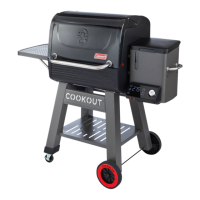
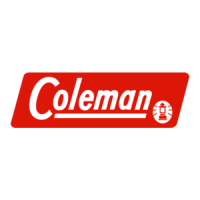

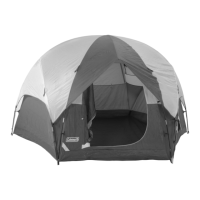




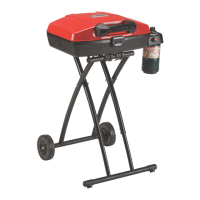
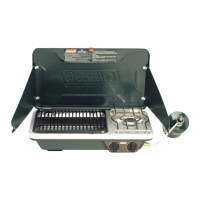
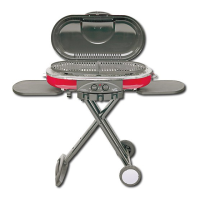
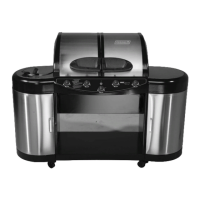
